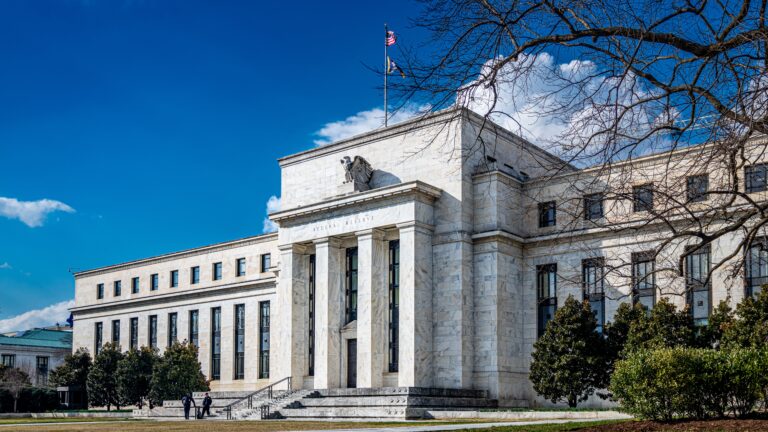
Unconventional Times Call for An Unconventional Fed
Executive Summary
From administering aggressive interest rate cuts to providing longer-term liquidity to financial firms; from accepting non-traditional asset collateral to assisting the Bear Stearns takeover by JPMorgan Chase; this Federal Reserve is unlike any we have seen in recent history. By throwing out the rulebook of central banking, some pundits say the Fed sets the precedence of taking on credit risk and creating bigger asset bubbles in the future. Others argue that the Fed was so behind the curve that nothing it does now can save the economy from a deep recession. The arguments notwithstanding, what might these Fed measures mean to the cash investors among us? How does it affect our potential yield and investment outlook?
While no one has a crystal ball to look into the future, certainly not in these precarious times, we feel the Fed is taking some extraordinary measures to avert a financial system meltdown. And while individual credit issues and risks are by no means behind us, we think we may have seen the worst of the nail-biting, cliff-hanging financial events of recent months.
Our macro investment strategy, being more conservative than we can remember, draws comfort from a Federal Reserve determined to stabilize the financial system. While we were disappointed with the Fed’s early misjudgment of the worsening mortgage crisis, what we saw in the series of unconventional Fed measures led us to the conclusion… don’t count the Fed out.
Lender of Last Resort
The Federal Reserve system was created in 1913 in part to be the “lender of last resort” during crises such as the one now sweeping through the financial system. The new challenge to the Fed is that the non-bank financial firms and institutional investors have increasingly taken on the role traditionally reserved for depository institutions, those commercial and thrift banks and credit unions to which the Fed was equipped to provide credit. As such, the Fed has taken ever more innovative steps since last August to push its remedies beyond the banking system. For example, prior to the recently instituted Primary Dealer Credit Facility, the Fed had not lent emergency cash to non-bank financial firms since the Great Depression, though it has the authority to do so if five of its seven governors approve the measure.
The Fed, however, had intervened from time to time through various measures in specific situations to avert major financial crises. These periods included the rescue of the Long Term Capital Management hedge fund in 1998. Looking in the rearview mirror, there can be no doubt that our current financial system was and is riddled with complex financial instruments. The boundaries between banks and other financial firms have blurred. Securitization of assets and derivative contracts made credit risks more difficult to measure and hedge. And, market events since last August once again put the Fed to the test as the lender of last resort.
DOWNLOAD FULL REPORT
Our research is for personal, non-commercial use only. You may not copy, distribute or modify content contained on this Website without prior written authorization from Capital Advisors Group. By viewing this Website and/or downloading its content, you agree to the Terms of Use.
Please click here for disclosure information: Our research is for personal, non-commercial use only. You may not copy, distribute or modify content contained on this Website without prior written authorization from Capital Advisors Group. By viewing this Website and/or downloading its content, you agree to the Terms of Use & Privacy Policy.


